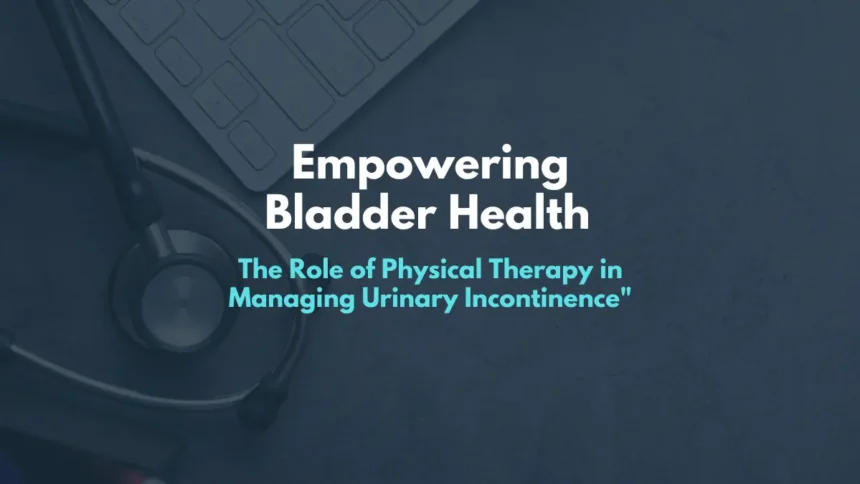How to Improve Bladder incontinence with Physical Therapy
Bladder health is essential for every one. Among the several tasks carried out by the urinary system are blood pressure regulation, electrolyte balance control, and elimination.
Incontinence may develop at any age, and many individuals experience it at some point in their life. Physiotherapists may help many people with urinary incontinence.
A pelvic floor physiotherapist will assist you in understanding and managing your condition.
There are several reasons for urinary incontinence. Your specialized physiotherapist will discuss your bladder incontinence with you.
It is essential to learn about you, your lifestyle, any surgeries you might have had, and any other medical problems you may have. Before beginning therapy, you will be asked comprehensive questions about yourself.
What Questions physiotherapist ask for evaluation?
1.When you cough or sneeze, do you accidentally lose your pee?
a. Frequently b. Never c. Occasional
2. Do you ever laugh so hard that you accidentally lose pee?
a. Frequently b. Never c. Occasional
3. Do you occasionally lose pee accidentally when you lift or squat?
a. Frequently b. Never c. Occasional
4. Do you inadvertently lose pee when you run, jump, stroll fast, or exercise?
a. Frequently b. Never c. Occasional
5. Have you ever accidentally lost pee while taking a shower or changing clothes?
a. Frequently b. Never c. Occasional
6. Do you unintentionally lose urine before using the bathroom?
a. Frequently b. Never c. Occasional
7. Does your nighttime urination need you to wake up?
a. Frequently b. Never c. Occasional
8. Has the inability to control your bladder made you feel embarrassed or anxious?
a. Frequently b. Never c. Occasional
9. Does your urine leak in little volumes, like drops?
a. Frequently b. Never c. Occasional
10. Do you have any trouble voiding your bladder?
a. Frequently b. Never c. Occasional
11. Is there any pain or discomfort in the vaginal area or lower abdomen?
a. Frequently b. Never c. Occasional
The average number of times a person has to go to the toilet in 24 hours is between 6 and 7 times. If a person is healthy and happy with how often they go to the toilet, going between 4 and 10 times a day is also fine. Specialist physiotherapists understand how pelvic floor muscles operate and how they contribute to bladder and bowel control. An internal examination can help you determine the strength of these muscles and what difficulties you may be experiencing.
You will be informed about the procedure and requested to consent to the examination. Some physiotherapists utilize ultrasound scanning to evaluate your pelvic floor muscles, and this may be part of your first evaluation as well.
Pelvic floor Exercises
Your pelvic floor muscles facilitate bladder and bowel control, sexual reactions, pelvic organ support (prevention of prolapse), and pelvic and lower back support. Physiotherapy treatments may help you in reducing your dripping problem. Even if you currently conduct pelvic floor muscle exercises and have strong pelvic floor muscles, you may not be using them correctly or at all to avoid leaks. Your physiotherapist will create a program just for you.
It can take three months or longer to enhance the function of your pelvic floor muscles; however, symptoms may improve sooner. It is critical to train these muscles regularly.
Electrical Stimulation
If you have problems using your pelvic floor muscles or feel urgency and urinary incontinence, electrical stimulation may help. This procedure is completely safe and should not cause any pain or discomfort. When used to treat stress incontinence, a mild electrical current is delivered into your pelvic floor muscles and helps you strengthen them, and you exercise with the equipment to retrain the muscles.
If the therapy is used for urge and urgency incontinence, the machine will be designed to reduce the inappropriate feelings you are experiencing, and you may not feel your muscles tense. You can buy units for home use but always consult with your therapist to see if this will benefit you.
Biofeedback
It frequently involves the use of specialized technology that provides you with information (feedback) regarding how well your muscles are performing. If suitable, your physiotherapist may provide you with biofeedback treatment in the form of ultrasound, a biofeedback unit, cones, weights, or electromyography .Alternatively, you can obtain enough biofeedback from your physiotherapist through verbal counsel and information provided during and after an examination to make specific improvements in muscle activity.
Cones or pelvic floor muscle exercisers/vaginal weights
To improve your pelvic floor muscles, vaginal cones/weights are put into the vagina (similar to a tampon). You may contain them while engaging in other activities, including minor housecleaning. Your physiotherapist may guide you in ensuring that you are utilizing them correctly. Unless otherwise instructed by your professional physiotherapist, you should always follow the instructions with the device. They may not be appropriate for every woman, which you must discuss with your therapist. Men are not supposed to utilize them.
Drinking habits
- Consume 1.5 – 2 liters (6 – 8 cups) of fluid each day.
- Avoid beverages that may irritate the bladder for a few weeks to determine whether it makes a difference.
- Avoid excessive alcohol consumption To avoid a caffeine withdrawal headache, gradually transition from caffeinated to decaffeinated beverages.
Healthy bowel habit
- A stool should be easily passed without straining, discomfort, or blood at any time .
- Consume adequate fiber (target for 30g per day and progressively increase your fiber intake).
- Drink lots of water (1.5 to 2 liters every day).
- Changing your seated posture on the toilet might help you avoid straining.
Bladder diary
For some time, you may be asked to keep a bladder diary. It requires you to record the amount of water you drink, how much urine you pass, and how many leaks you have during the day. This information assists your expert physiotherapist in understanding how your bladder functions, and she can provide you with guidance to help relieve your problems.
Bladder retraining
may help in reducing the levels of frequency, urgency, and urinary incontinence.
Your specialized physiotherapist can educate you on how to control the sudden strong need to urinate, stop you from rushing to the bathroom, and regain bladder control.
Constipation
Straining and emptying your bowels can put pressure on and damage the supporting tissues in your pelvic floor. This might make your urine sensations worse and weaken your pelvic floor. You may be offered dietary recommendations to aid with symptoms, as well as instructions on how to empty your bowels more successfully.
Motivation
According to studies, your treatment will be more effective if you are motivated. This means you should discuss your treatment plan with your specialized physiotherapist and commit to doing the exercises at home regularly.
Apps
An urinary incontinence app is an useful digital tool that may help people to manage their disease more successfully. These applications provide bladder habit tracking, fluid intake monitoring, toilet break scheduling, and pelvic floor exercise guidance. They offer a simple approach to keeping track of symptoms, progress, and lifestyle factors that may impact urinary incontinence.
There are several applications available online that can be downloaded and installed on your phone or tablet. Your physiotherapist-recommended individualized training regimen may be added, and reminders can be set to assist you in finishing your exercises to enhance your pelvic floor strengthening routine.
Weight
Being overweight causes additional tension in the pelvic floor muscles. If you lose weight, your leaking may improve.
Lifting
Heavy lifting puts stress on your pelvic floor muscles. When possible, try to avoid heavy or repetitive lifting. Try to tighten your pelvic floor muscles before and during any lifting.
High impact exercise
It puts strain on your pelvic floor muscles. This may worsen your leaking as well. Sit-ups, if performed improperly, can cause you to leak and place additional pressure on your pelvic floor muscles. Correct usage of your ‘core’ muscles may help your pelvic floor muscles perform better. Your physiotherapy expert can advise you on the best activities for you.



